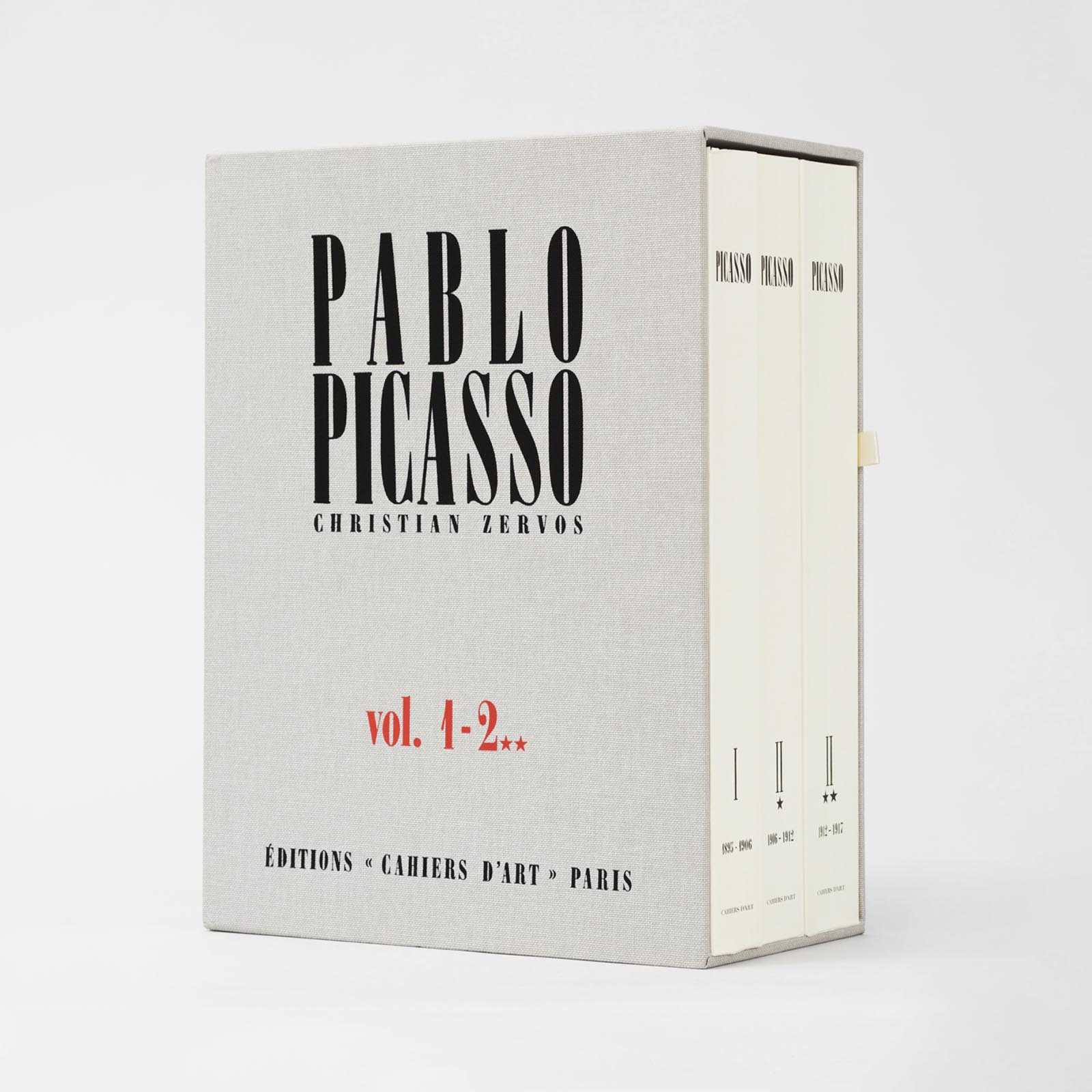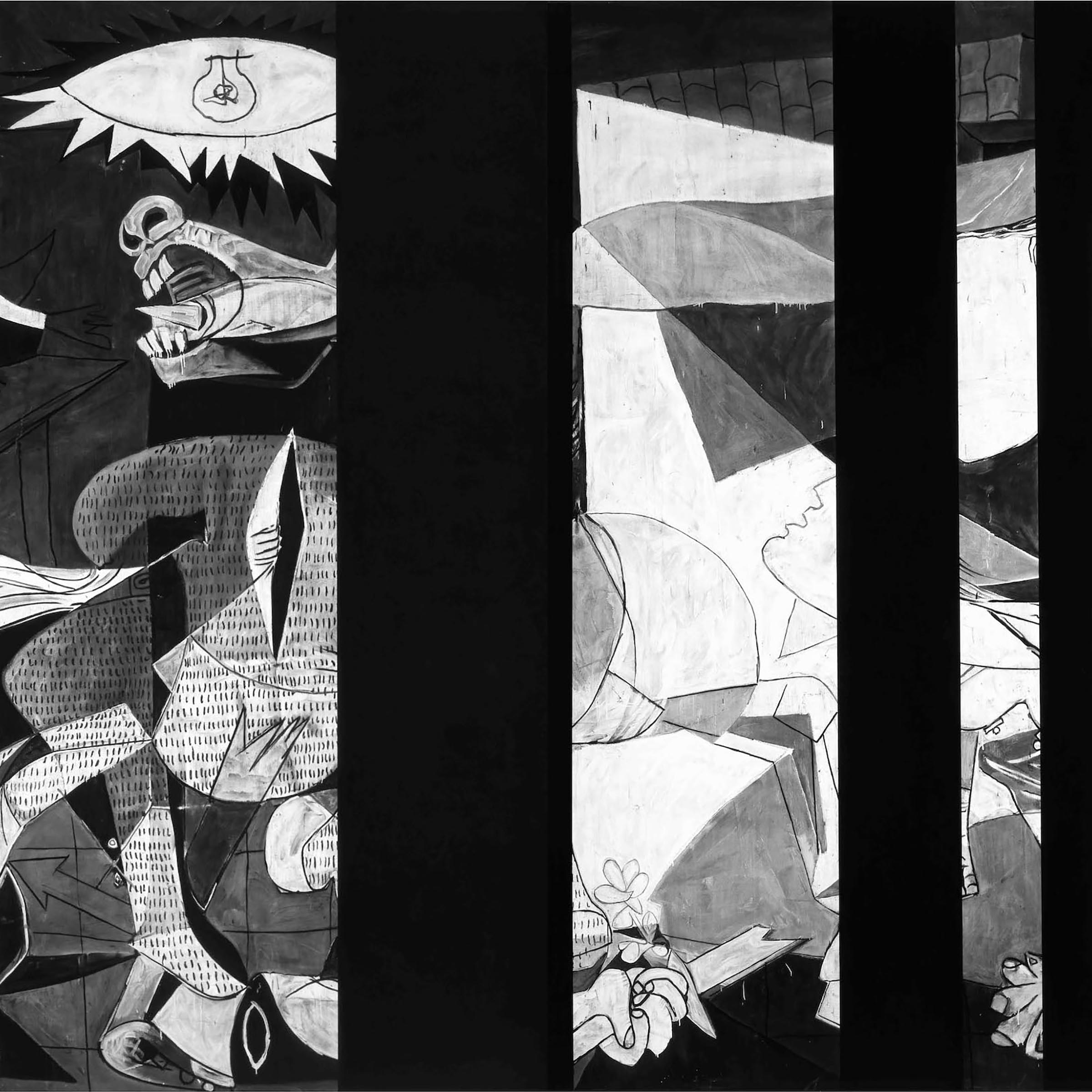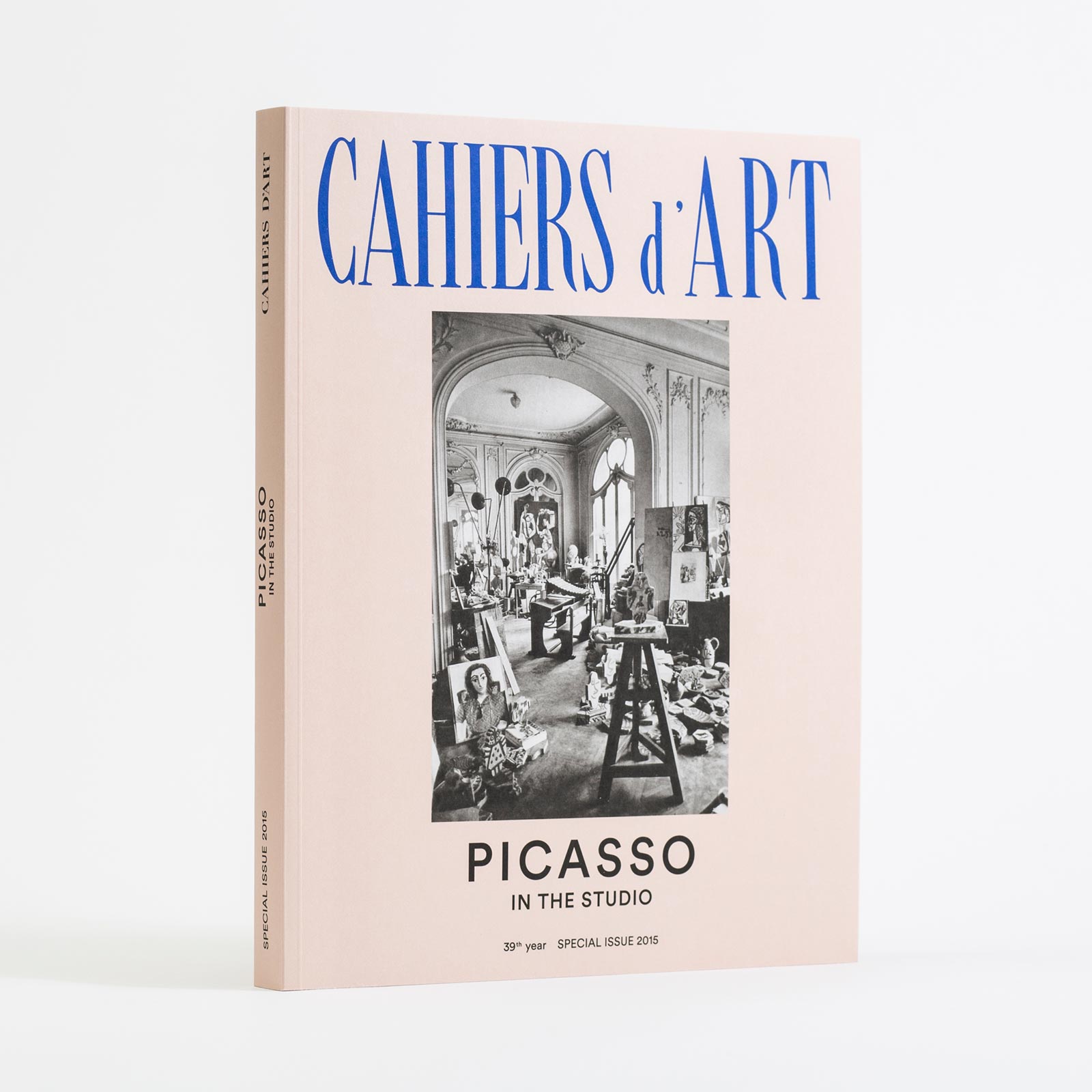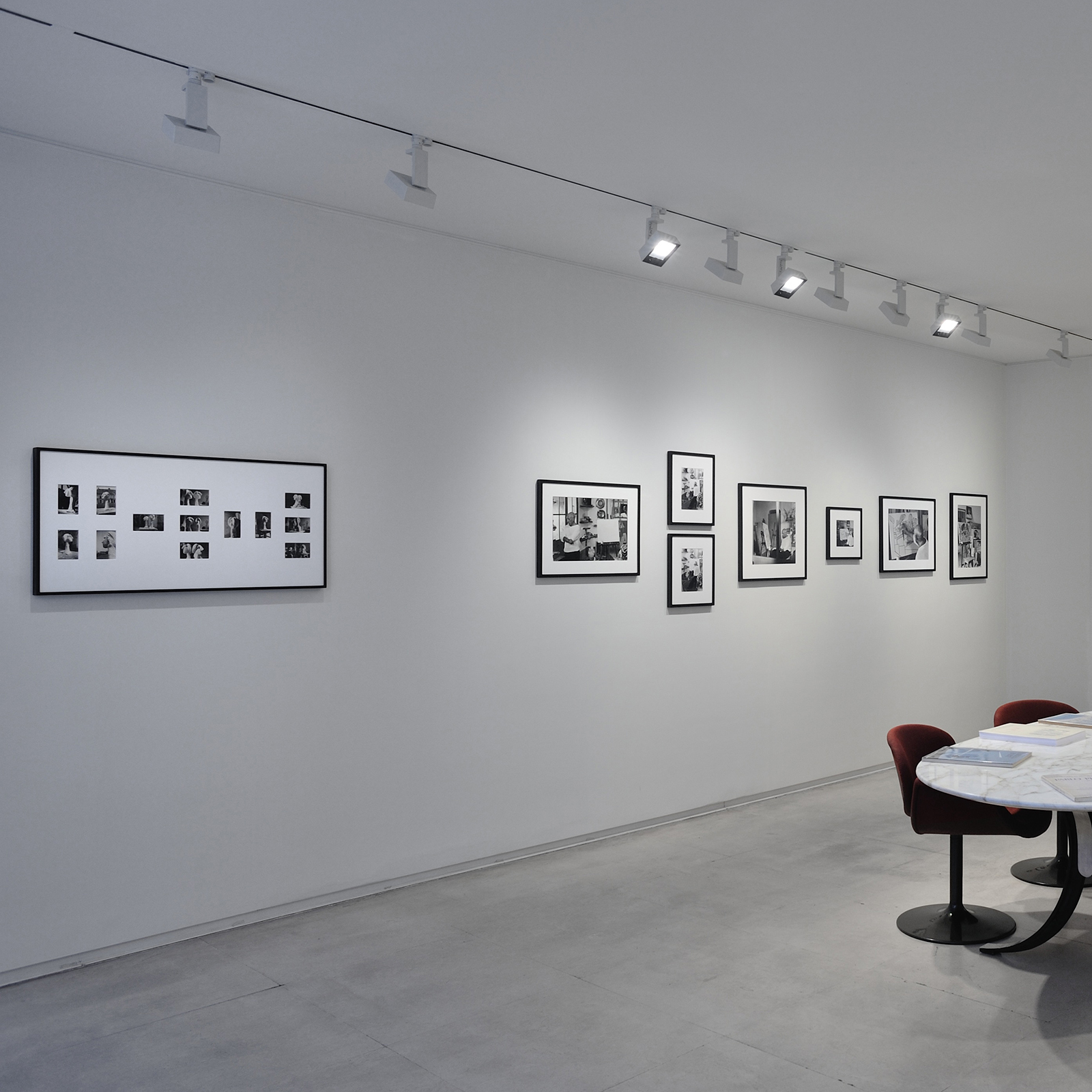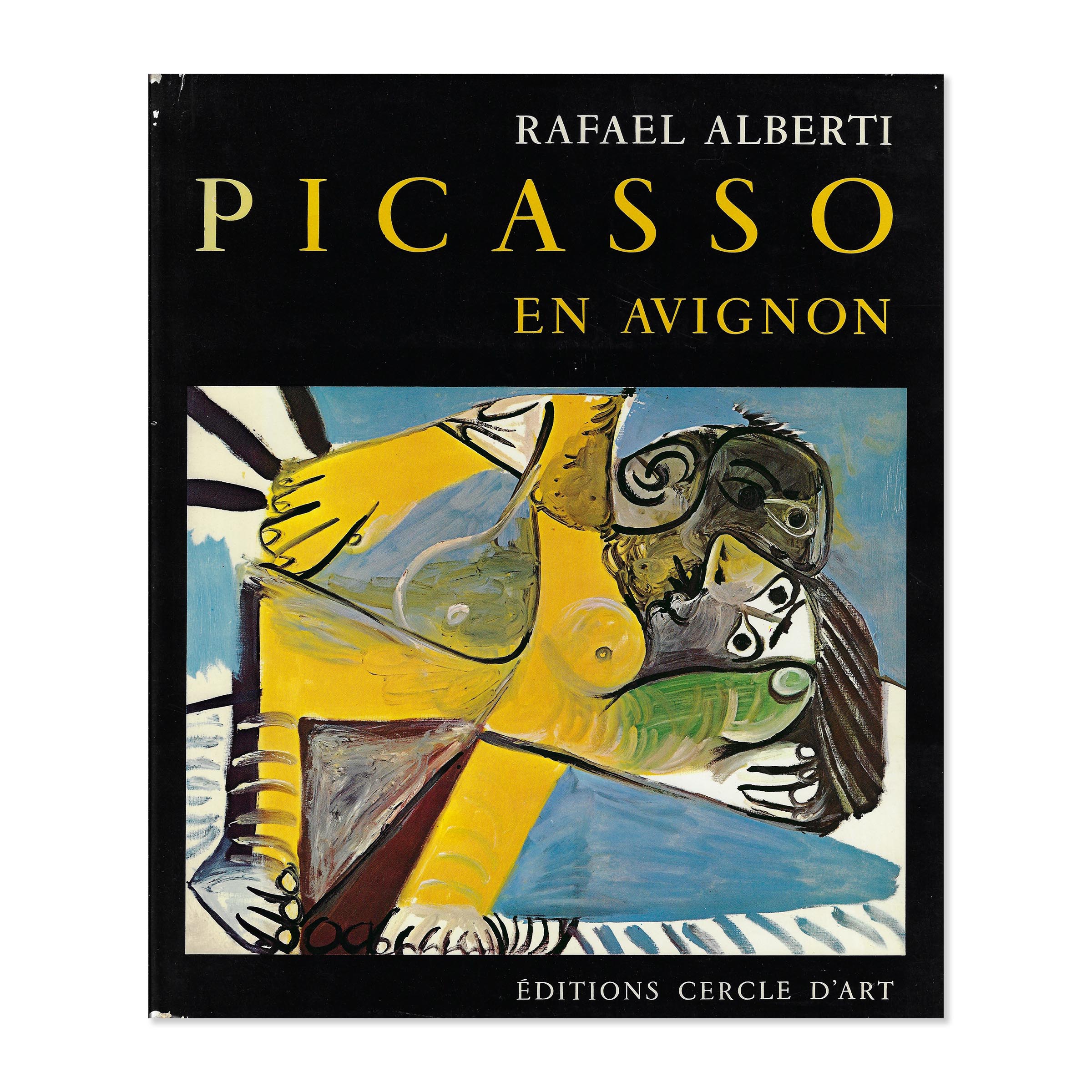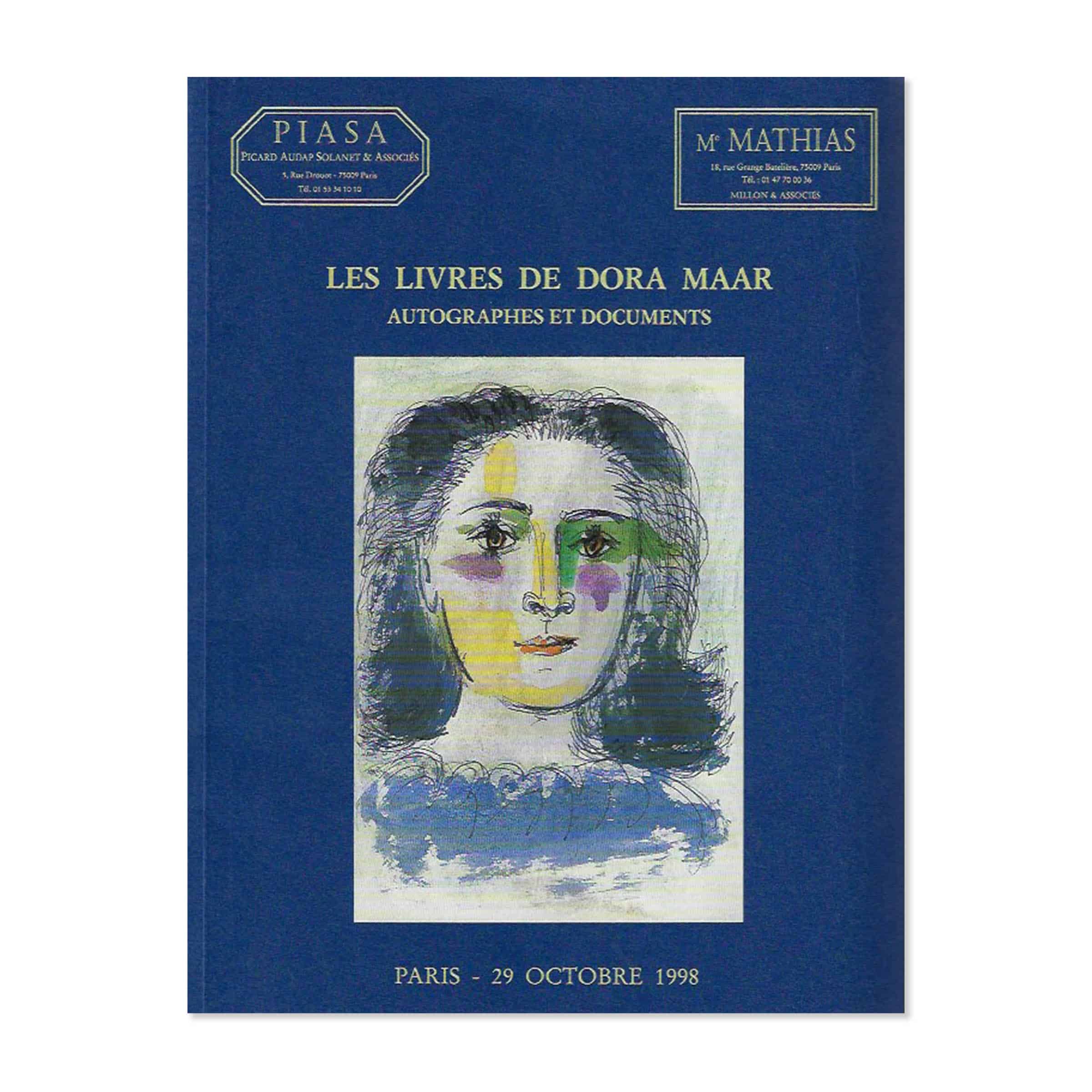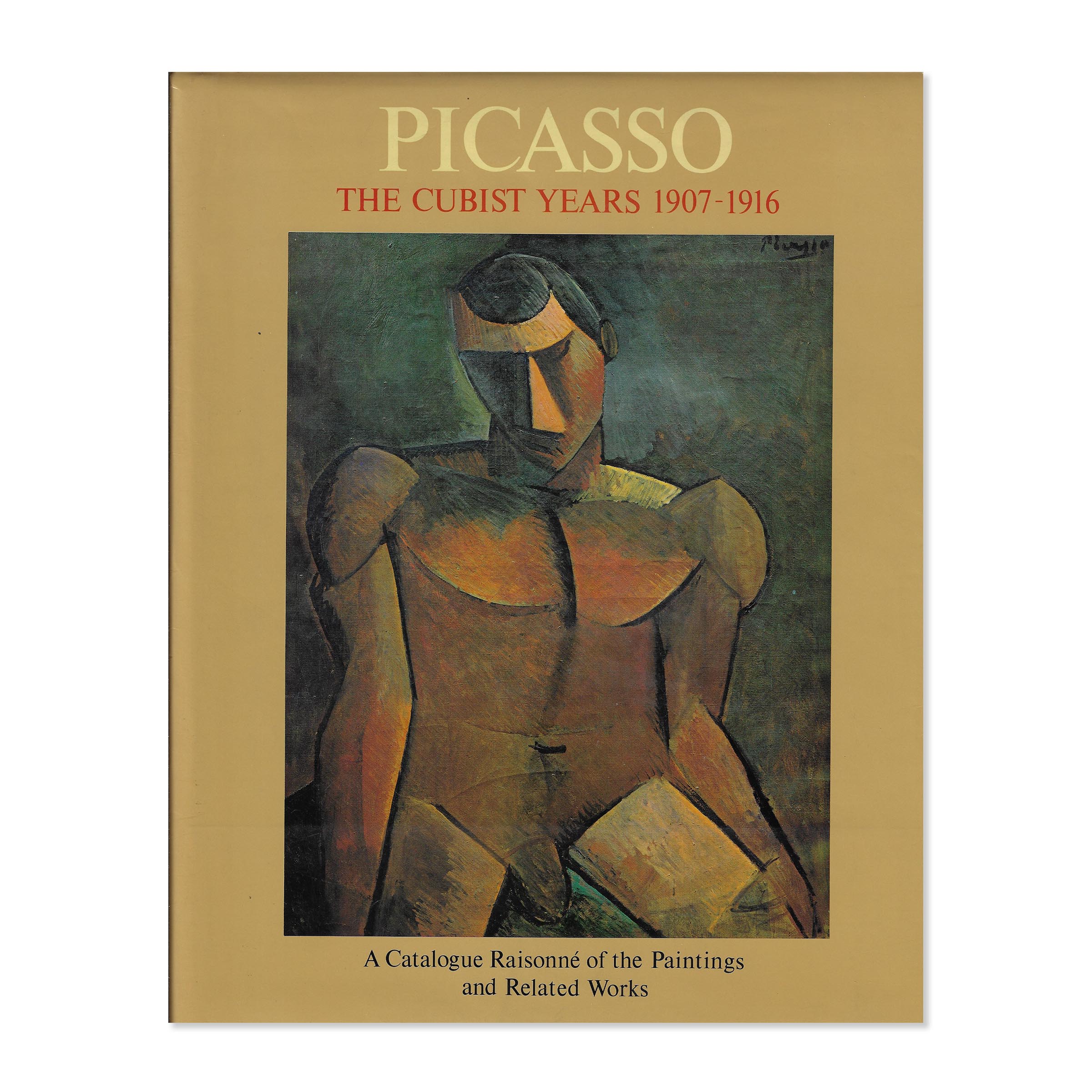Pablo Picasso
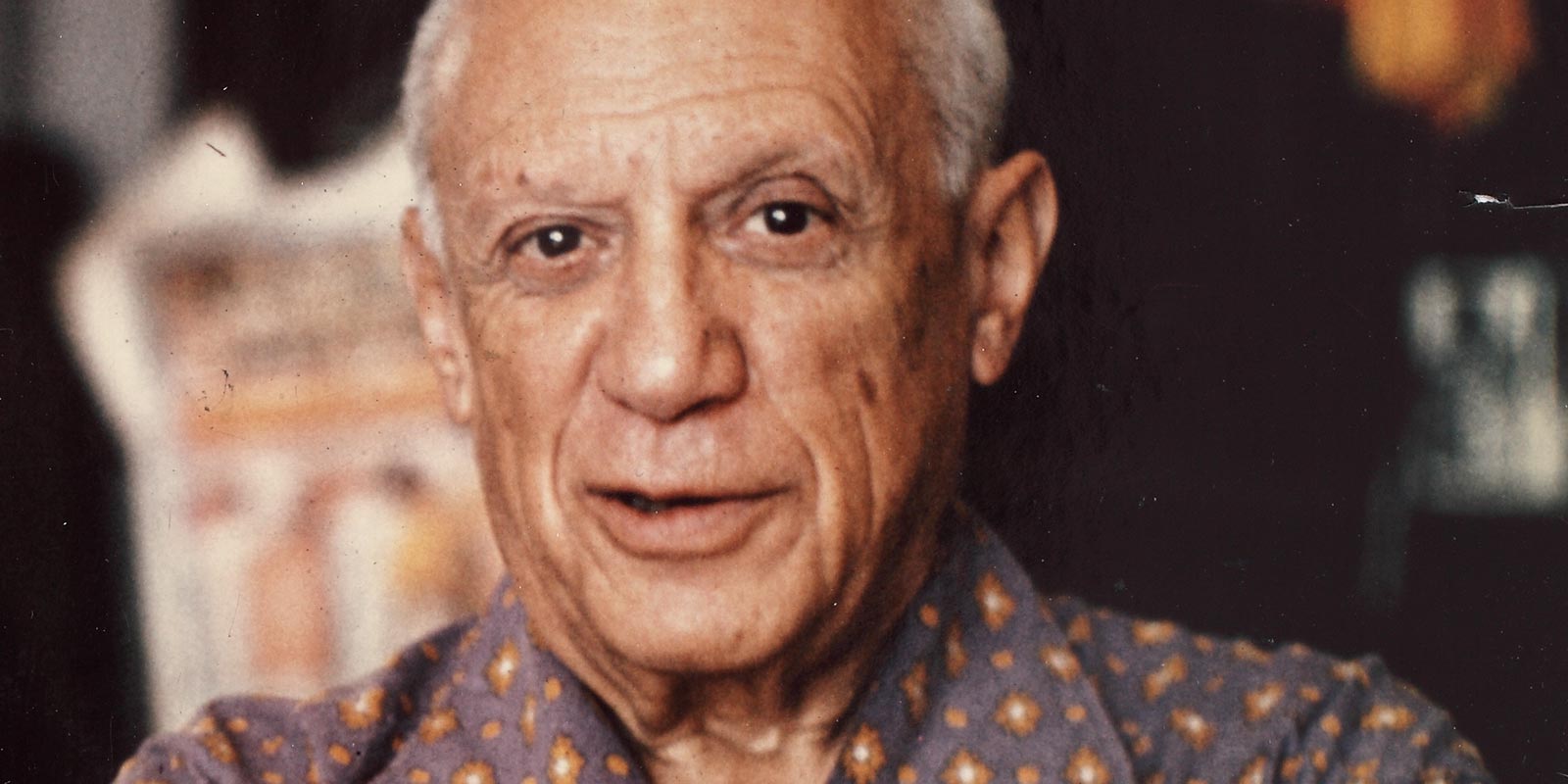
Picasso’s lifelong friendship and collaboration with Christian Zervos, the founder of Cahiers d’Art, began in 1926, and only stopped upon Zervos’ death in 1970.
Their relationship started from the second issue of the Revue Cahiers d’Art. Zervos had the idea of creating a Catalogue Raisonné in 1929, only three years after they first met. In 1932, Cahiers d’Art published the first volume of the Picasso Catalogue. This massive undertaking became Zervos’s life work, and one of the most influential pieces of scholarship on the 20th century’s most renowned artist. Zervos and Picasso’s joint legacy is now known, simply, as ‘The Zervos’, and covers over 16,000 artworks. At long last, this historic 33-volume set is available again. The original catalogue, with corrections from Picasso Administration, is now available in French, and in English for the first time.
Zervos organised also one of the major exhibitions of Picasso in 1947 at the Palais des Papes in Avignon. This exposition was at the origin of what has become The Festival d’Avignon. Another exhibition of Picasso took place in 1970 in Avignon too. Zervos curated few other Picasso’s exhibition at Cahiers d’Art: one which was showing his painted figures, and one in 1964 which was about his lithography.
Cahiers d’Art also published famous works dedicated to Picasso: the one in 1926 written by Zervos, which announces the power of their collaboration, and which presents a head print in etching created by Picasso himself. This work announces their fruitful collaboration. Let us also note his very important book “La Barre d’Appui” dedicated to Picasso, which presents texts by Breton, four aquatints of Picasso, one of which with his imprint.
Picasso is one, if not the first, of the most important artists in the history of Cahiers d’Art. Picasso would not be the artist he was without the permanent support of Christian Zervos, his lifelong friend. He appears more than 90 times throughout the Cahiers d’Art magazines. An issue dating from 1935 invites Picassso for an original cover. The post-war issue of 1945 features a drypoint by the artist inside. The said illustration will be printed in color only four years later, because at that time, or one could not print for lack of paper. And as if to complete the circle, the last article on Picasso appeared in 1960, in the last issue of CDA. The publisher Staffan Ahrenberg published in 2015 a recent issue dedicated to Picasso entitled Picasso: in the studio. This special issue of the revue reveals rare and previously unpublished photographs illustrating Picasso in his studio and his work in progress. Through this rich and detailed exploration of the artist’s practice, the issue highlights both the creative process and artist’s gesture.

